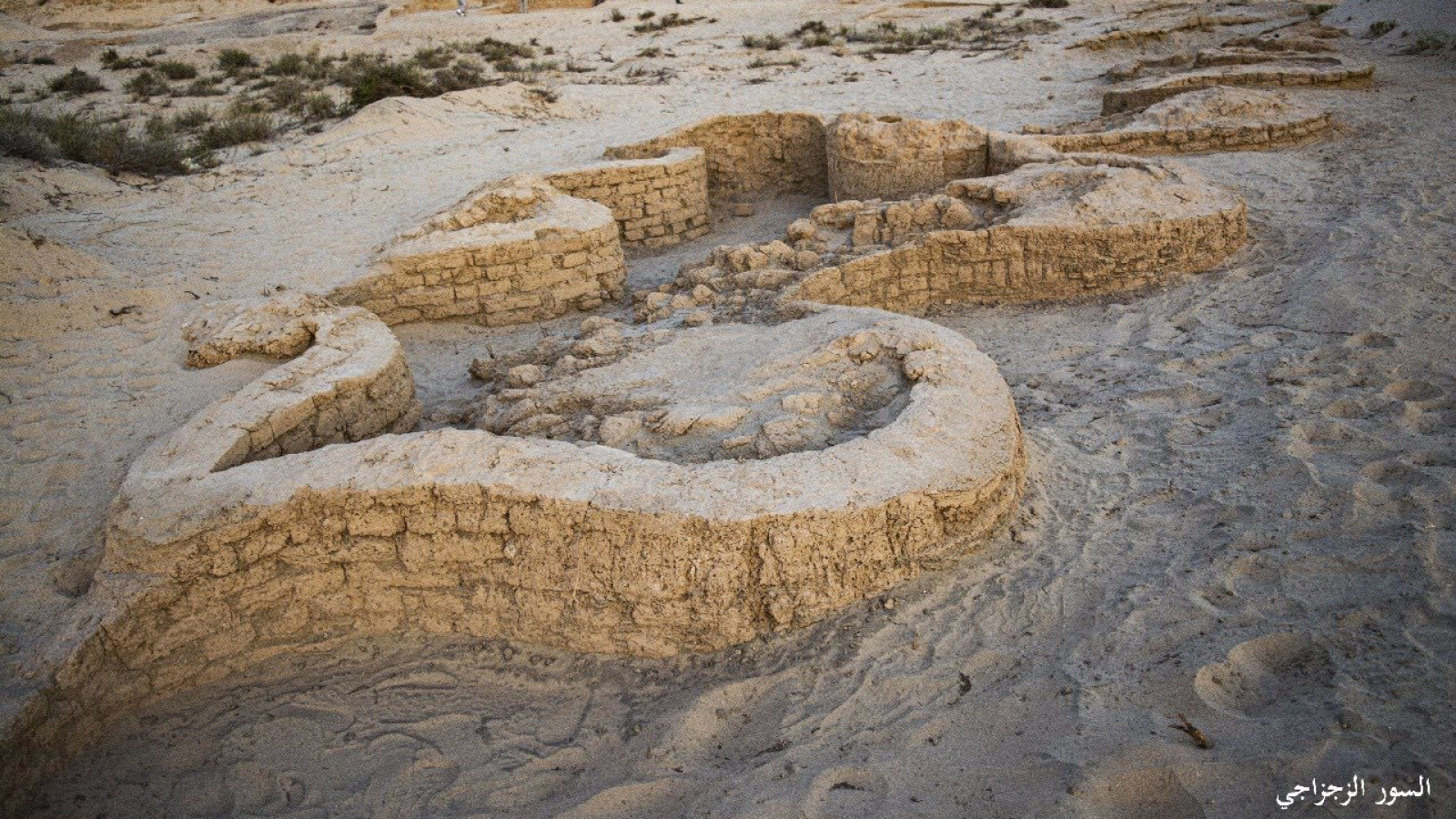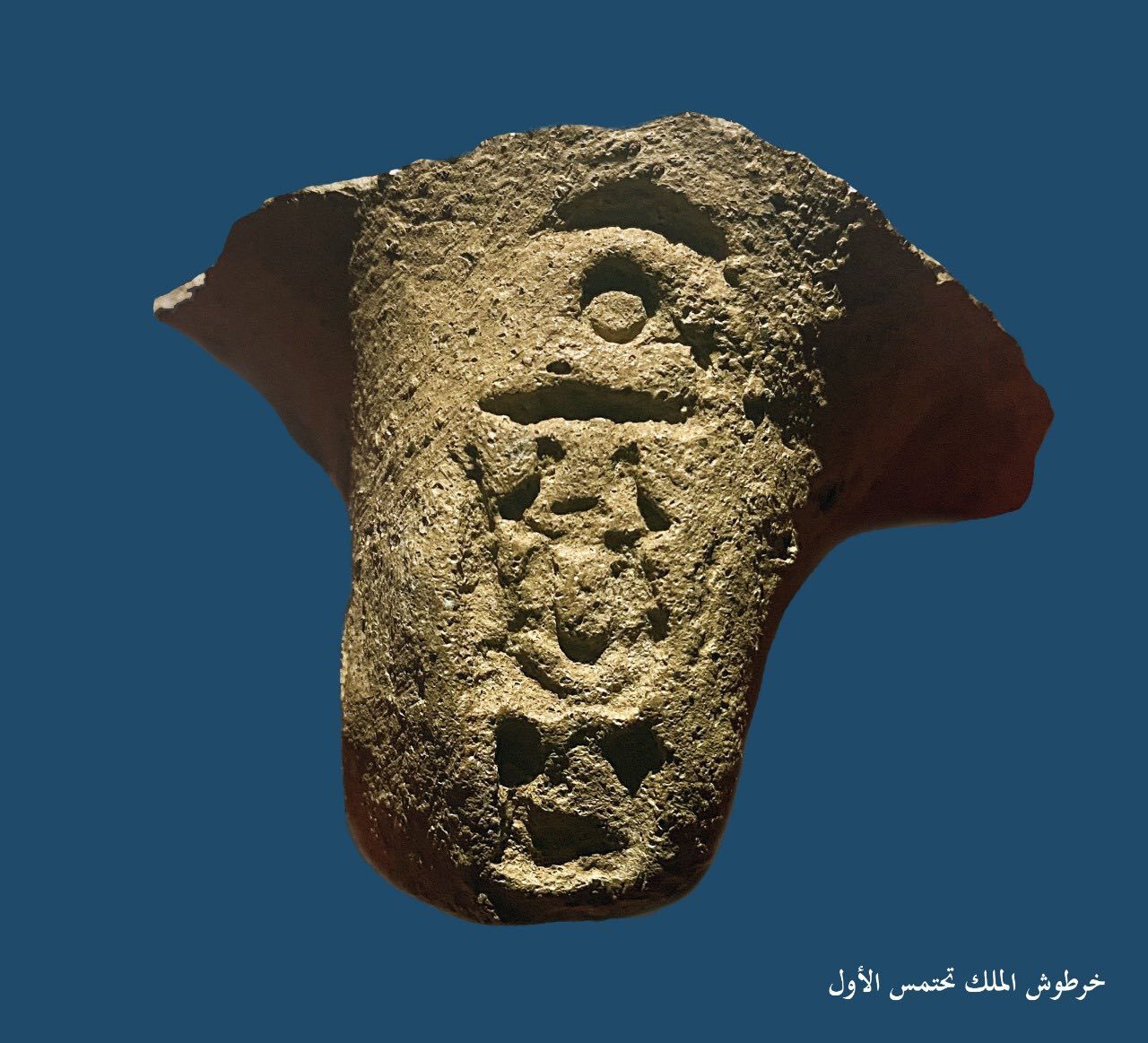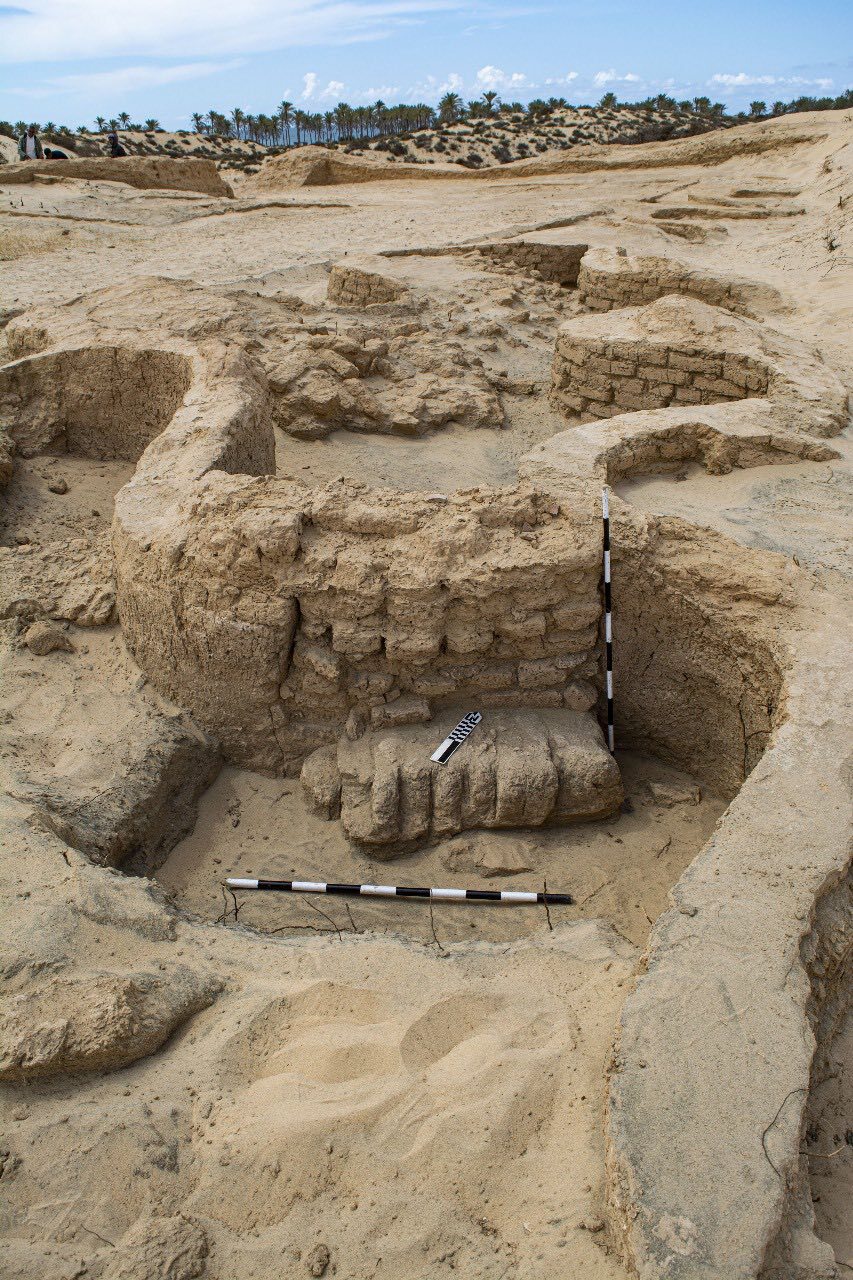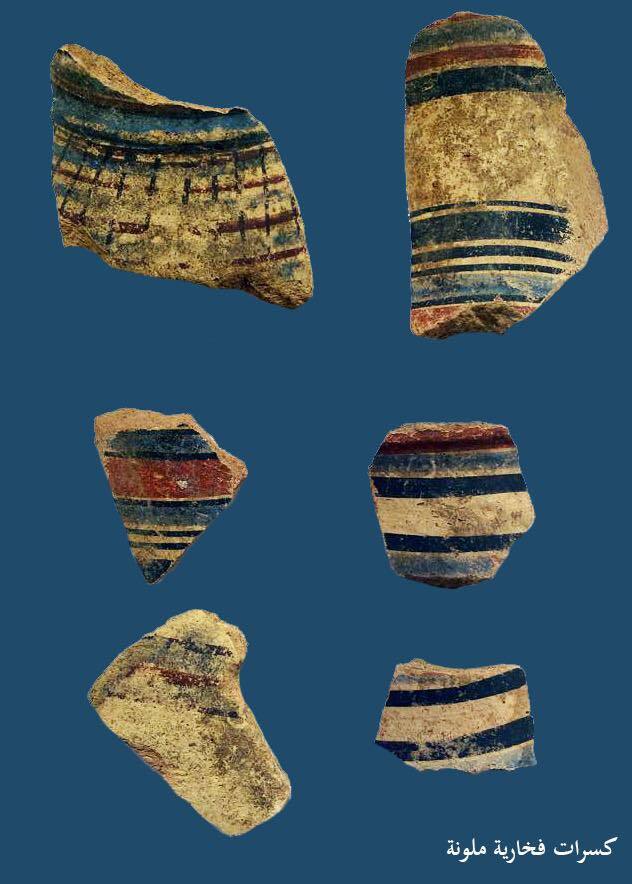3,500-year-old Egyptian military fortress with ancient ovens and fossilized dough discovered in Sinai Desert
A 3,500-year-old Egyptian fortress has been discovered on an ancient military road in the north Sinai Desert.

Archaeologists have discovered a 3,500-year-old military fortress with a zigzag-style wall in the north Sinai Desert of Egypt, not far from the Mediterranean coast. The fort is remarkably well preserved, and even has the remnants of ovens and a hunk of fossilized dough that the fortress' soldiers never got a chance to eat.
Artifacts from the roughly 2-acre (0.8 hectares) fortress suggest that it may have been built during the reign of Thutmose I (circa 1504 to 1492 B.C.), the Egyptian Ministry of Tourism and Antiquities said in a translated statement. Thutmose I was a pharaoh who expanded Egypt's empire into modern-day Syria, which helps explain the fortress' location.
The fortress was discovered at Tell el-Kharouba, an archaeological site near an ancient military road that was known as the "Way of Horus" or "Horus military road," for the Egyptian falcon-headed god of the sky and war. This road extended across the northern Sinai Desert, connecting the Nile delta to other parts of the eastern Mediterranean. Other fortresses have previously been found on the remains of the ancient road, the statement noted.
One of the walls located inside the fortress has a zigzag pattern, it runs from north to south and divides part of the western section that was used as a residential area. The zigzag pattern "helped reinforce the wall's stability and reduce the impact of wind and sand erosion," Hesham Hussein, the undersecretary for Lower Egypt and Sinai Archaeology with the Egyptian Ministry of Tourism and Antiquities who led the team that excavated the site, told Live Science in an email.
Some of the outer recesses contained small ovens that were likely used "for daily domestic activities inside the fortress," he added. This is near where the team found the fossilized dough beside one of the ovens.
The large fortress was well guarded. So far, archaeologists have discovered 11 defensive towers in the fort, and some of the towers have "foundation deposits" made of pottery buried there when construction began. Some of the pottery has the name of Thutmose I stamped on it. In ancient Egypt, foundation deposits were commonly buried as ritual offerings at newly built structures.

Given its size it would have had a large number of soldiers. "Taking into account storerooms, courtyards, and other facilities, we estimate that the garrison likely ranged between 400 and 700 soldiers, with a reasonable average of around 500 soldiers," Hussein said.
Get the world’s most fascinating discoveries delivered straight to your inbox.
Within the fortress, archaeologists found residences for soldiers. They discovered volcanic rock from the Aegean Islands, possibly used for construction, within the fortress. The team is looking to see if there is a nearby port that may have helped supply the garrison.
"The discovery of this fort is a very exciting one," said James Hoffmeier, an archaeologist and professor at Trinity International University who has excavated a different fortress in the Sinai Desert at the site of Tell el-Borg but was not involved with the new discovery.
The newfound fort and the previously discovered fort at Tell el-Borg are "part of the military road from Egypt to Canaan which made Egypt's control of the east Mediterranean coast possible for most of four centuries," Hoffmeier told Live Science in an email. He noted that Egypt would control the coastline into Canaan for most of the New Kingdom period, which lasted from around 1550 to 1070 B.C.
The finding that the newly discovered fort was likely built under the orders of Thutmose I is important because it supports "the long held view that Thutmose I was the father of Egypt's empire in Western Asia and that he likely was a key player in the beginning of this defense system which succeeding kings added more forts," Hoffmeier said.
Gregory Mumford, an Egyptologist and anthropology professor at the University of Alabama at Birmingham who was not involved with the excavation, told Live Science that the research at the site will "expand greatly our understanding of the nature of Egypt's early New Kingdom's securement of Northeast Sinai along the 'Ways of Horus,'" and provide more insight into how Egypt guarded its eastern border.
Excavation of the site and analysis of the remains are ongoing.
Ancient Egypt quiz: Test your smarts about pyramids, hieroglyphs and King Tut

Owen Jarus is a regular contributor to Live Science who writes about archaeology and humans' past. He has also written for The Independent (UK), The Canadian Press (CP) and The Associated Press (AP), among others. Owen has a bachelor of arts degree from the University of Toronto and a journalism degree from Ryerson University.
You must confirm your public display name before commenting
Please logout and then login again, you will then be prompted to enter your display name.


